This post contains affiliate links. We may earn a commission if you click on them and make a purchase. It’s at no extra cost to you and helps us run this site. Thanks for your support!
Laptop displays can be daunting to navigate, with technical specs that seem designed to baffle rather than inform. But for creative professionals, getting the right screen is essential. Here’s a look at what matters.
Most of us will dock our laptops into larger screens for those intricate projects, but many creatives, especially freelancers, rely solely on their laptops for added mobility. In that case, the display becomes more than just a tool—it’s a critical factor that can make or break the quality of your work.
Whether you’re a photographer capturing the perfect shot, a graphic designer balancing colors, or a video editor cutting scenes to perfection, the screen you work on will affect everything—from how true your colors appear to how sharply you can see the smallest details. And if you’re not planning to connect one of the top-tier monitors for graphic designers, getting the right laptop screen is crucial. Today’s best laptop displays are packed with features tailored to creatives, and understanding them is the key to ensuring your projects hit the highest standards.
The world of laptop screens is full of jargon, but we’re here to cut through the confusion. Let’s face it—what works for a photographer may not work for a filmmaker. So, before you dive into specs, get familiar with terms like “nits” and “hertz”—they might just make all the difference.
01. Color Gamut
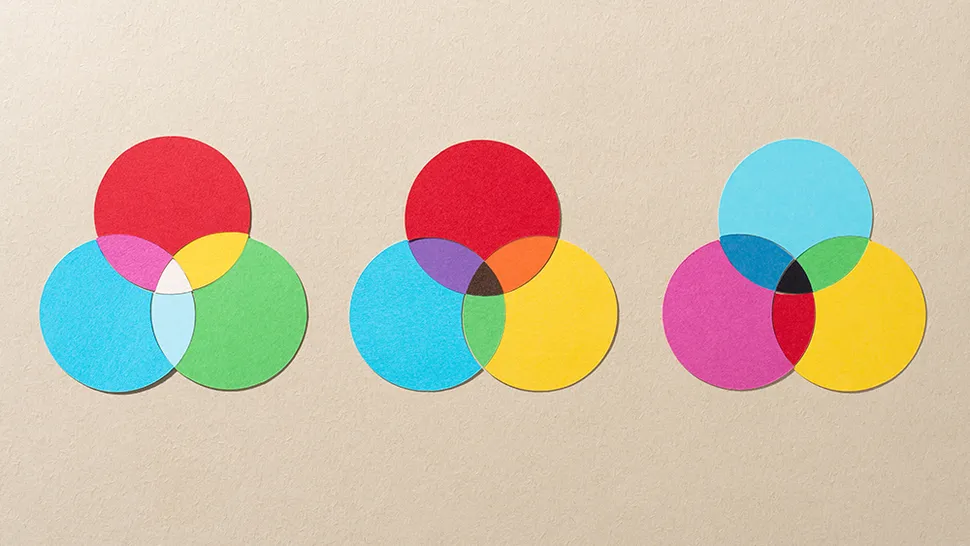
Ah, the color gamut—the heart and soul of any display. It refers to the range of colors a screen can show. Sounds simple, right? But here’s the kicker: every screen interprets those colors a little differently. Some laptops can display a much broader palette, and if you’re deep into photo editing, this matters.
For those who need razor-sharp color accuracy, you’ll want a display with 100% Adobe RGB or DCI-P3. Why? These gamuts cover more of the color spectrum, giving you the precision needed to ensure what you see on screen is what you get in the final print or video. The Lenovo ConceptD 3 and Asus Zenbook Pro 15 are just a couple of stellar choices here. For anyone serious about colorwork, this is a must-have feature.
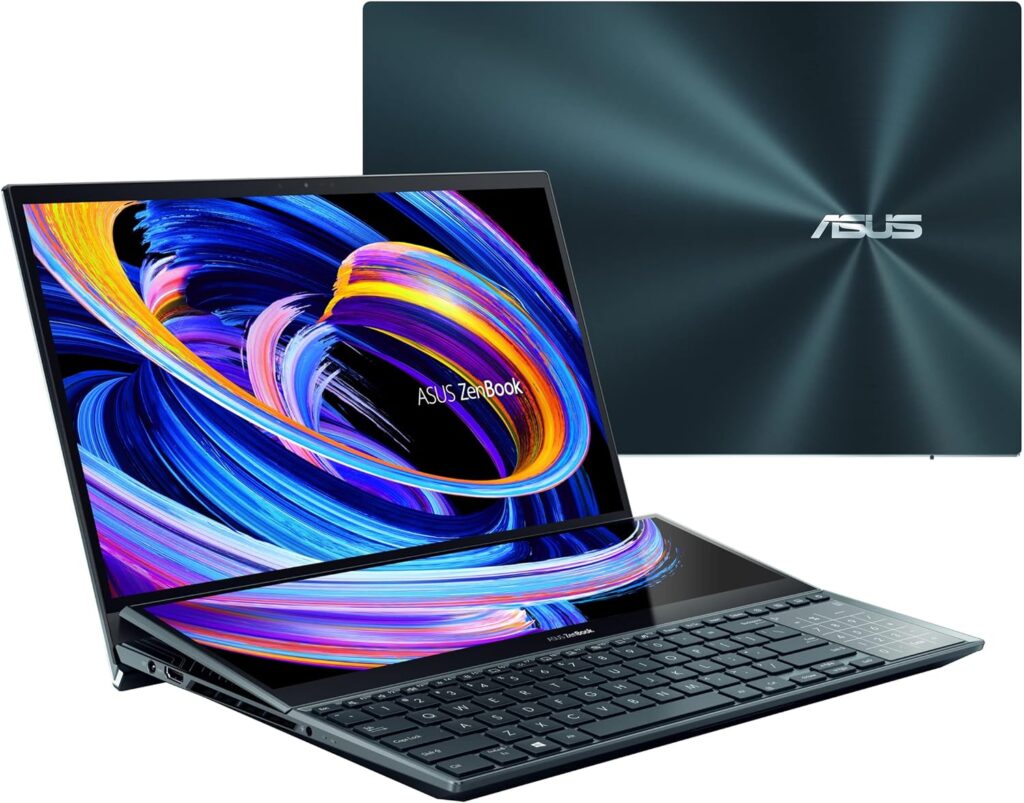
ASUS ZenBook Pro 15
ASUS ZenBook Pro 15 2023 Business Laptop 15.6″ OLED FHD Touchscreen 8-Core Ryzen 9 5900HX 16GB LPDDR4 1TB SSD NVIDIA GeForce RTX 3050 Ti 4GB Wi-Fi 5 Backlit Keyboard Windows 11 Pro w/ONT 32GB USB
02. Brightness
Now, let’s talk brightness—or, as you may have heard, “nits.” A screen’s brightness is measured in nits, and this tells you how well the display performs in different lighting conditions. Working outdoors or in brightly lit spaces? You’ll want a laptop with a brightness of at least 400-600 nits. Working in a dimly lit studio? You can probably get by with 200-300 nits.
But here’s the thing—brightness doesn’t just affect visibility. It impacts how true your colors appear in different environments, which can be critical when you need consistency across devices. If you’re creating video content or editing photos in various lighting conditions, investing in a high-nit screen could be your best bet.
03. Resolution
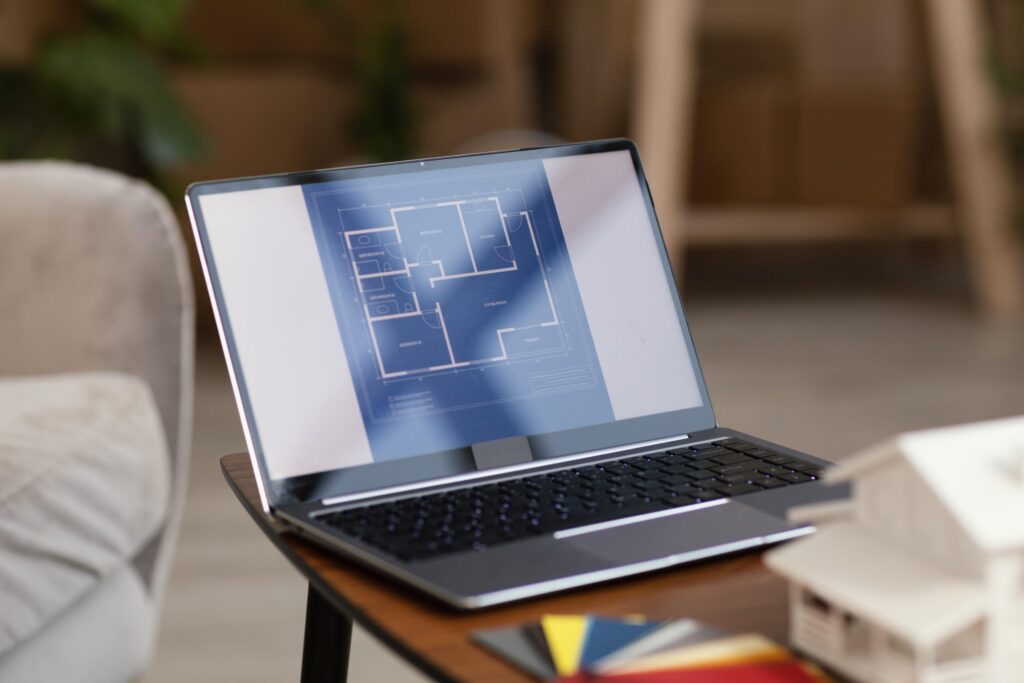
Resolution: The magic number that defines how crisp and clear your images and text will appear. For tasks requiring fine detail, like graphic design or CAD work, a higher resolution is essential. Most standard laptops ship with Full HD (1920×1080) displays, but creatives will want to look for higher resolutions, especially if they’re working with intricate designs.
Take the MacBook Pro M3 Max, for example—its 3456×2234 resolution on a 16-inch screen is a powerhouse for visual artists. But it’s not just about packing in pixels. The relationship between screen size and resolution matters too. A large display with low-resolution risks making everything look blurry, so make sure your resolution matches your screen size.
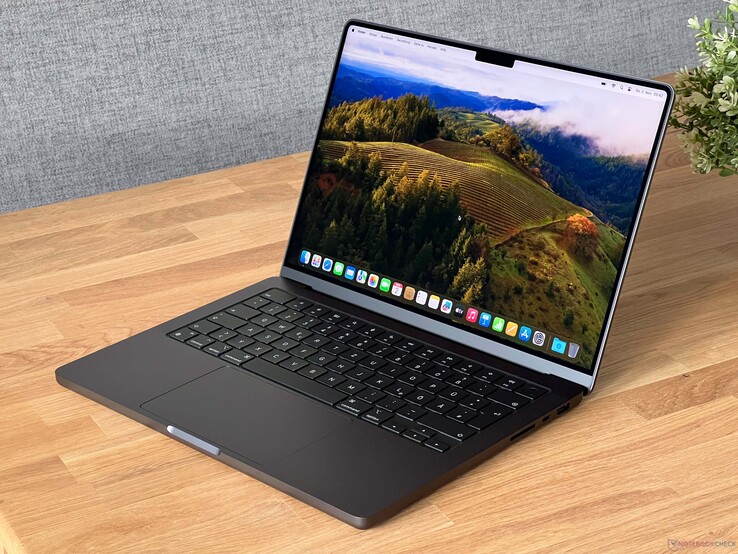
Apple MacBook Pro 16.2″
Apple MacBook Pro 16.2″ with Liquid Retina XDR Display, M3 Max Chip with 14-Core CPU and 30-Core GPU, 96GB Memory, 2TB SSD, Space Black, Late 2023
04. OLED vs. IPS
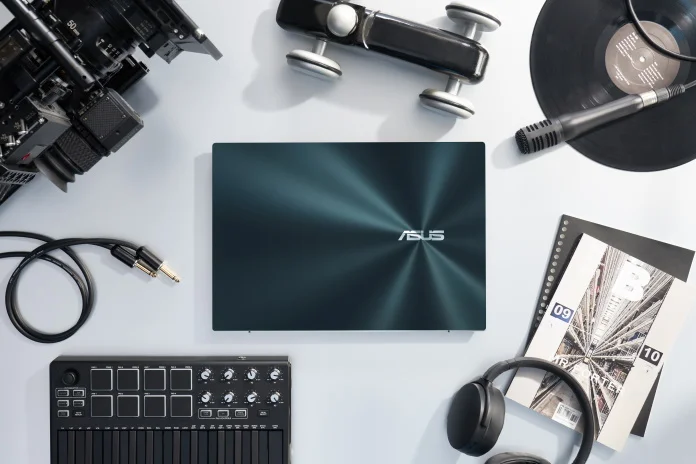
Here’s where things get interesting—OLED vs. IPS. These two display technologies offer different benefits. OLED screens are ultra-thin, thanks to the fact that each pixel emits its light, eliminating the need for backlighting. This results in deeper blacks, vibrant colors, and exceptional contrast. It’s the perfect choice for photographers or video editors who crave rich, detailed visuals.
IPS, on the other hand, offers superior color accuracy and consistency across wide viewing angles. It may not have the same pop as OLED, but it’s a solid choice for graphic designers who need true-to-life color representation. The debate between OLED and IPS boils down to your priorities—vivid contrast or precise accuracy? The answer depends on your creative needs.
05. Refresh Rate
Refresh rate, measured in hertz (Hz), dictates how smooth motion appears on your screen. For the average creative, a 60Hz refresh rate will do the job. But if you’re working with high-frame-rate video footage or you dabble in gaming, a higher refresh rate—say 120Hz or even 240Hz—could be a game-changer. Animators and video editors, in particular, benefit from the fluidity higher refresh rates provide.
Still, for most creatives focusing on static images or design, prioritizing processing power or storage over a high refresh rate might be a smarter move. Choose wisely based on your workflow.
06. Screen Size and Aspect Ratio
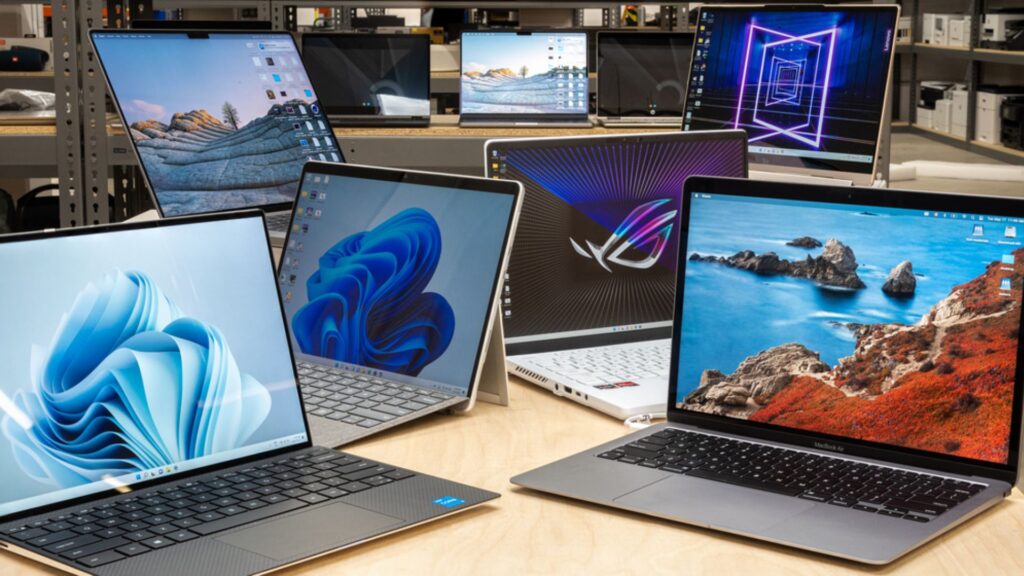
Finally, screen size and ratio—two factors often overlooked. The size of your screen directly affects how much real estate you have for your creative work, and pairing the right size with the right aspect ratio can enhance your productivity. The standard 16:9 ratio dominates, but you’ll find 16:10 and even 3:2 ratios making waves.
A 16:10 screen, for instance, gives you extra vertical space, perfect for those juggling multiple windows or working on intricate projects with lots of tools open. Larger screens are ideal, but only if the resolution can keep up. A low-res large screen might leave you squinting at blurry details, whereas a high-res smaller screen could give you just the clarity you need.
In the end, picking the right laptop display is all about balance—knowing which features matter most for your creative process and finding the screen that supports your vision. Every pixel, every color, every refresh—it all plays a role in bringing your ideas to life.


